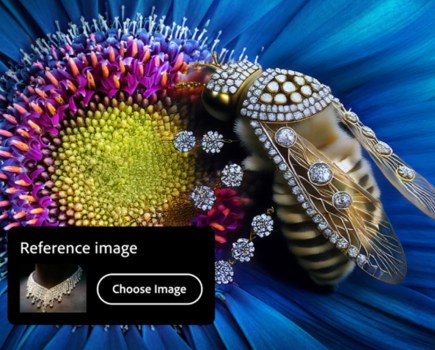The year is 2005. As the digital photography market gathers pace and the masses transition from film and darkrooms to CMOS sensors and Photoshop, in shops like Jessops and Calumet up and down the country photographers are walking out with APS-C cameras like the Canon EOS 350D or the Nikon D50 under their arms.
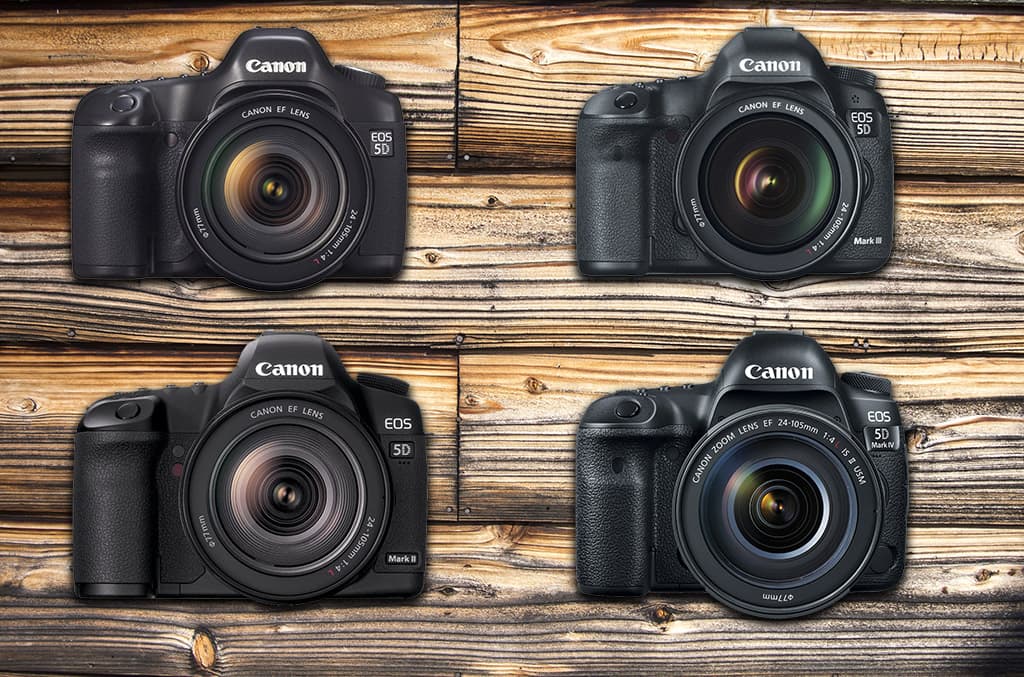
However, a revolution is about to happen that will change the trajectory of the image-making industry for the next 15 years. On 22 August 2005 Canon pulled the covers off its first full-frame DSLR for the mass market and the Canon EOS 5D line of cameras was born. For the next decade and a half, four incarnations of the marque would change the world of both stills pro photography and film-making. The Canon EOS 5D lineup would also be joined by two sister cameras that – despite being launched way back in 2015 – still to this day remain the highest resolution full-frame DSLRs that money can buy.
While a thorough and impartial journalist, I need to admit to some personal stake in Canon’s most successful full-frame lineup as I’ve owned every mark of Canon EOS5D over the years (including the 5DS). This feature is going to take a walk down memory lane, and recount what was so great about each model in the range. While no official word has been given on the EOS 5D series’ fate, all signs point to a shift to mirrorless so we will also look forward to the EOS R5, the camera many view to be the mirrorless spiritual successor to the last 5D model.
Canon EOS 5D
Year of launch: 2005
Price at launch: £2,539
Price today (used): £249
Resolution: 12.8MP :
AF point: 9
Burst rate: 3fps
ISO: 100-3200
Video: No
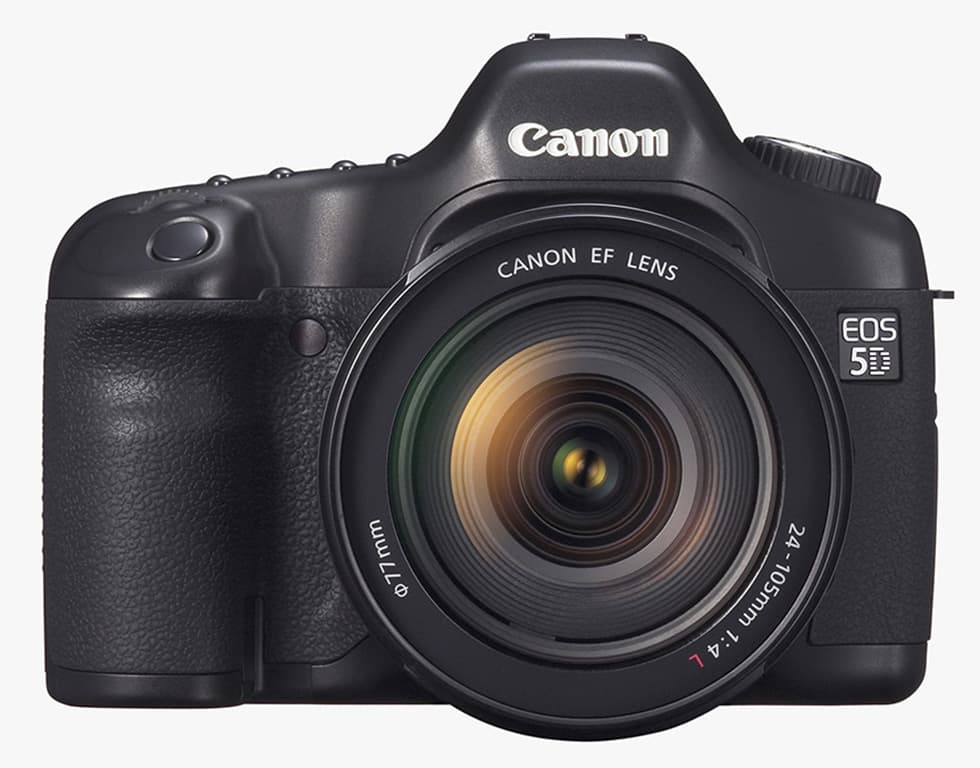
Canon’s original EOS 5D was the first affordable full-frame DSLR
While technically not the first full-frame DSLR from Canon – the 11MP EOS-1Ds was launched in 2002 but was only the preserve of professionals with very deep pockets – the original 5D certainly broke the mould and brought full-frame photography into the reach of enthusiast and aspiring pro shooters. The 5D line sat above the XXD line and at the time of its launch was a real leap forward compared to the 8MP APS-C 20D (launched in 2004 to replace the 10D).
The 12.8MP full-frame sensor on the 5D meant photographers no longer had to contend with Canon’s 1.6x APS-C crop – a 50mm lens worked like a 50mm lens, not an 80mm. The unique look and feel of the 5D’s files won over photographers quickly, particularly landscape and wedding shooters. At their disposal was an autofocus system that offered nine AF points, while images could be reviewed using the 2.5in LCD. The camera wasn’t built for speed and offered only 3 frames per second in burst mode, with this speed able to be maintained for up to 60 JPEGs or 17 12-bit raw files in the CR2 file format.

The 5D served up a maximum image size of 4368×2912 pixels, which of course is small by today’s standards, but if no cropping occurred, it was good for prints up to A3 in size. Images were recorded to a single Compact Flash card, meaning photographers couldn’t make any instant back up and the camera tipped the scales at 906g, which is still around the standard for full-frame DSLRs. Despite attracting a pro audience, the 5D retained the Picture Styles feature found on the 20D, which enabled photographers to shoot images with artistic styling such as Mono, Faithful and Neutral completely in camera, with the file being saved as a JPEG.
The original 5D was my first-ever full-frame DSLR and switching up from APS-C and APS-H (my other camera was an EOS-1D Mark II) felt like finding the Holy Grail. Image quality was noticeably improved and the real difference was the 5D’s unique look, feel and perfect colour rendition with hues beautifully saturated without being over the top. What’s really amazing about the original 5D is that, 15 years down the line, the image quality of the pictures is still hugely impressive and can certainly be used by professionals for use in print.
Equally amazing is the fact that good examples can be bought on the used market for under £250. If you were a newcomer to photography and wanted to try out full-frame photography on a very limited budget, you could pair the EOS 5D with a cheap used 50mm f/1.8 (less than £50) and have a compelling pairing without breaking the £300 mark.

The EOS 5D worked perfectly with lenses designed for 35mm film SLRs
Pro processor
At the heart of the EOS 5D was Canon’s DIGIC II, which enabled an ISO range of 100-1600 that could be expanded to ISO 50-3200. In a nod to the camera’s pro credentials, the body was built from magnesium alloy and the shutter mechanism was rated for 100,000 actuations. The camera was also efficient for its time, delivering 800 shots on a single charge, and battery grip options were available from both Canon and third-party manufacturers.
Canon EOS 5D Mark II
* Year of launch: 2008
* Price at launch: £2,299
* Price today (used): £469
* Resolution: 21.1MP
* AF points: 9
* Burst rate: 3.9fps
* ISO: 100-6400 (expandable to 50-25,600)
* Video: Full HD
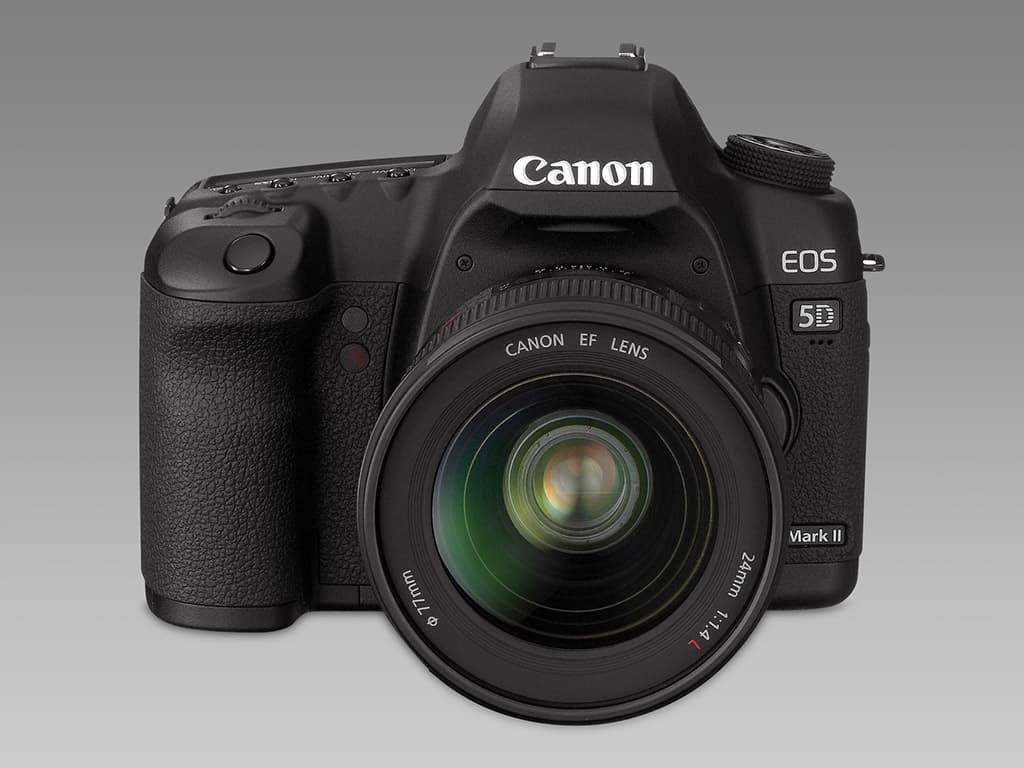
The Mark II’s video capabilities transformed the film-making industry
While the original was a great camera, the Mark II was arguably the model that the 5D line will be best remembered for. A quantum leap forward for its time, it was launched in 2008 and has the distinction of being the first DSLR ever that was capable of shooting 1920 x 1080p Full HD movies. While that seems lightweight by today’s standards, Hollywood felt differently, with episodes of the smash hit show House filmed using the DSLR.
What’s really important about the Mark II was that it offered aspiring film-makers the access to a full-frame sensor, great low-light sensitivity and the ability to capture scenes with shallow depth-of-field in a relatively affordable package for the first time. Previously these features could only be found in cameras costing an arm and a leg and would be the preserve of TV production companies. But now indie filmmakers (notably the acclaimed Vincent Laforet) harnessed the power the the Mark II to produce amazing short films such as Reverie – Po Chan’s The Last Three Minutes is well worth Googling as well!
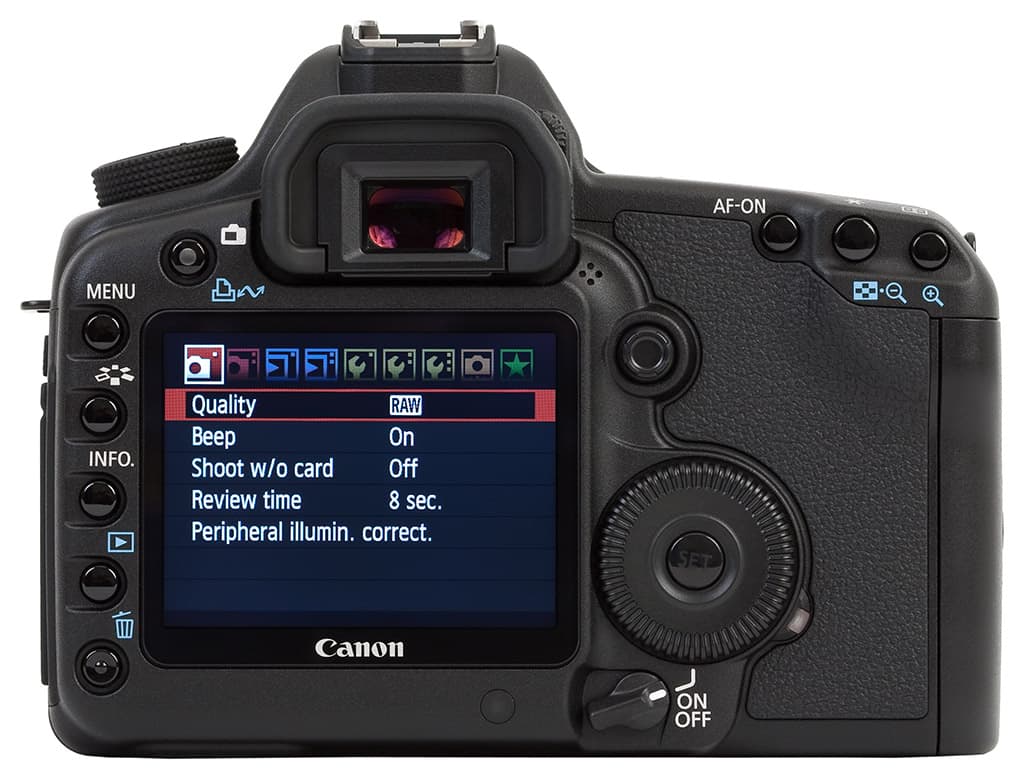
While the 5D Mark II will be remembered for introducing DSLR video to the masses (although it should be noted that Nikon’s crop-sensor D90 was actually the first DSLR to feature video recording, if only at 720p resolution), the Mark II also brought a huge number of improvements in the stills department. For example, landscape photographers rejoiced when the resolution nearly doubled, leaping from 12.8MP to 21.1MP on the Mark II, resulting in a maximum file size of 5616×3744 pixels.
The speed of the camera increased slightly too, with the Mark II offering a rate of 3.9 frames per second for 78 JPEGs or 13 raw files in a single burst. Talking of raw files, the Mark II was also the first camera in the 5D series to offer smaller SRAW files for easy management. Although there were no great improvements in the AF point count, the 5D Mark II did usher in live view to the 5D line. It also helped photographers keep their sensor clean by introducing a much-needed dust reduction system to clean the sensor and rid it of any dust – a notorious weakness of its predecessor.
In another very welcome update, the 5D Mark II featured a bigger LCD (3in compared to 2.5in) which also offered a much higher resolution (920k pixels compared to 230k). One drawback for me with the 5D Mark II was that it still didn’t offer dual card slots and relied on the single Compact Flash slot. As an aspiring professional however, showing up to a paid gig with a 5D Mark II, showed you meant business and the camera certainly had gravitas. Some camera dealers ran a wedding photography special, that paired the Mark II with a 24-70mm f/2.8 lens. The increase in ISO (100-6400, expandable to 50-25,600) was a huge improvement on the original and made shooting in dark churches a much easier task.

The addition of live view was a boon for tripod-mounted shooting
Video firsts
One of the biggest factors that pushed the 5D Mark II as a genuine option for filmmakers came not from Canon, but from Magic Lantern, whose software enabled videographers to introduce extra features to their 5D Mark IIs. These features included a zebra pattern display, audio gain display and custom crop marks – all of which served to make the 5D Mark II a more professional option despite its relatively modest price-tag.
Canon EOS 5D Mark III
* Year of launch: 2012
* Price at launch: £2,999
* Price today (used): £929
* Resolution: 22.3MP
* AF points: 61
* Burst rate: 6fps
* ISO: 100-25,600 (expandable to 50-102,400)
* Video: Full HD

On the Mark III, Canon finally provided pro-level autofocus
One of the biggest niggles of the first two 5D cameras was the focusing system and a distinct lack of speed, but the arrival of the Mark III in 2012 (which marked the 25th anniversary of the EOS system) set out to solve the problems. At first glance, the incremental increase to the resolution (up to 22.3MP from 21.1MP on the Mark II) understandably wasn’t very exciting to potential customers, but to be fair the Mark III ushered in some very important and much needed improvements. First up was the focusing system: out went the very dated nine AF points and in came an all-new 61-point system, with 41 of those points being the more sensitive cross-type and five being the extra sensitive double-cross type.
What’s more, the 5D went speedy, with the Mark III able to capture 6 frames per second for an incredible 16,270 continuous JPEG images in a single burst to a UDMA mode 7 card, throwing open the doors to creative techniques such as timelapse photography and celestial photo techniques. The improvements continued with the LCD getting larger, moving up from 3in to 3.2in with a higher resolution (1,040k dot) as well. There were also improvements to weather-sealing, which was handy as by this time my photography had shifted away from portraiture and shooting the odd wedding to being far more landscaped-based. I found the Mark III to be built like a tank, providing the reassurance you need to use a camera like this in harsh conditions.
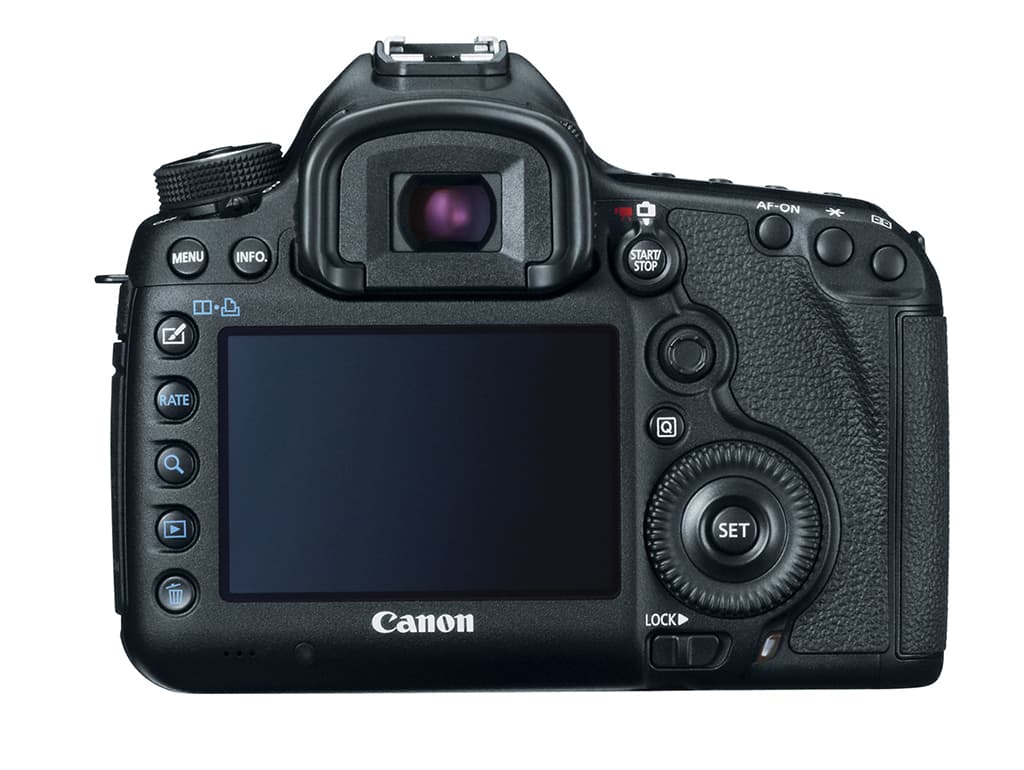
One photo trip involved shooting in Glencoe’s icy rain and the camera didn’t miss a beat. There were improvements to the video specifications too, with jacks for an external mic and headphones now enabling videographers to both capture and monitor enhanced audio. The Mark III also offered uncompressed HDMI output at Full HD 8-bit 4.2.2. In my opinion the Mark III didn’t get the praise of the other models in the series because its improvements weren’t as headline-grabbing, but the truth was that they made a big difference to professionals out in the field. For example, the Mark III has the longest CIPA-rated battery life in the series, offering 950 shots on a single charge.
That’s 100 more than the Mark II and 50 more than the newer Mark IV and as professionals know, that can make a huge difference when you have been shooting all day and are down to your last battery. Lastly, the Mark III was the first 5D model to offer dual card slots (one CF and one SD), enabling photographers to make an instant back-up of their files. Alternatively they could choose to store stills on one card and video on the other.
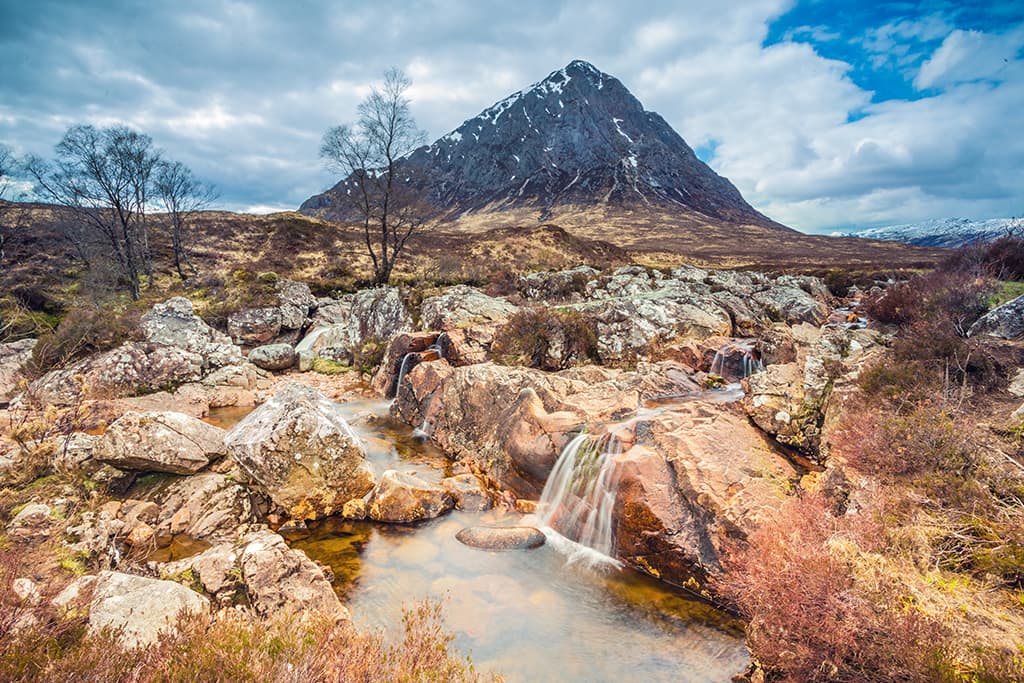
Up-rated weather-sealing was welcome for landscape photographers
Awesome autofocus
The 5D Mark III’s AF system is vastly improved compared to the Mark II and this makes it especially easier to capture images of moving subjects. The AF can be further fine-tuned in-camera with the user selecting from several ‘Case study’ presets, weighting the AF for situations like erratic subjects moving quickly in any direction or instantly focusing on subjects entering AF points.
Canon EOS 5D Mark IV
* Year of launch: 2016
* Price at launch: £3,599
* Price today (used): £1,700
* Resolution: 30.4MP
* AF points: 61
* Burst rate: 7fps
* ISO: 100-32,000 (expandable to 50-102,400)
* Video: 4K 30p

My current 5D, the Mark IV has proved to be a reliable workhorse and I upgraded from the Mark III because I transitioned to shooting a lot of video content. The Mark IV brought a host of new video features, with the most important of them being the option of ultra high-quality 4K footage (albeit with a considerable crop, although that sometimes worked in my favour when shooting scenes at a distance). I would argue the leap from Mark III to Mark IV was the biggest move forward in Canon’s EOS 5D journey and presented professionals with a true ‘all-rounder’ camera.
First up the resolution increased dramatically, from 22.3MP to 30.4MP, which produced a maximum file size of 6720×4480 pixels; more than enough resolution to make big prints, even when the image had been cropped. While the AF point count remained at 61, it was the introduction of Canon’s acclaimed Dual Pixel CMOS AF technology that supercharged the focusing system. The Mark IV also included Dual Pixel raw, enabling photographers to make microadjustments that can make the image appear even sharper. A small increase in speed thanks to the DIGIC 6+ processor meant the Mark IV could capture 7 frames per second in burst mode, and this is genuinely good enough to take the camera into a photography hide and achieve a high hit ratio when shooting wildlife.

Canon’s EOS 5D Mark IV is a serious professional all-rounder
Incidentally, I currently pair my Mark IV with a 200mm f/2.8 L lens for my wildlife hide work, adding in a 1.4x extender when needed. Another major first on the Mark IV was the addition of a touch-sensitive screen, and while this is useful for stills photography, it really comes into its own when shooting videos. I find that by selecting a point in the foreground and then touching the LCD to select the background, I can create a focus shift effect that works well. The LCD also clearly displays when the Face Detection technology kicks in and the Mark IV does a great job at holding focus if the subject is moving around the frame.
Canon cinematography
As the only 5D model to offer 4K video, many movie makers made a quick beeline to get their hands on the Mark IV. Capable of shooting 4K up to 30p, videographers also had the option of shooting Full HD at 60p and using it half-speed for a slow motion effect, although the 4x slow motion mode was limited to 720p.
EOS 5D Mark IV users also had the option to capture 4K movies and save any frame as an 8.8MP JPEG, which was useful when trying to shoot fast action sequences that were too speedy for theMark IV’s 7fps burst rate.
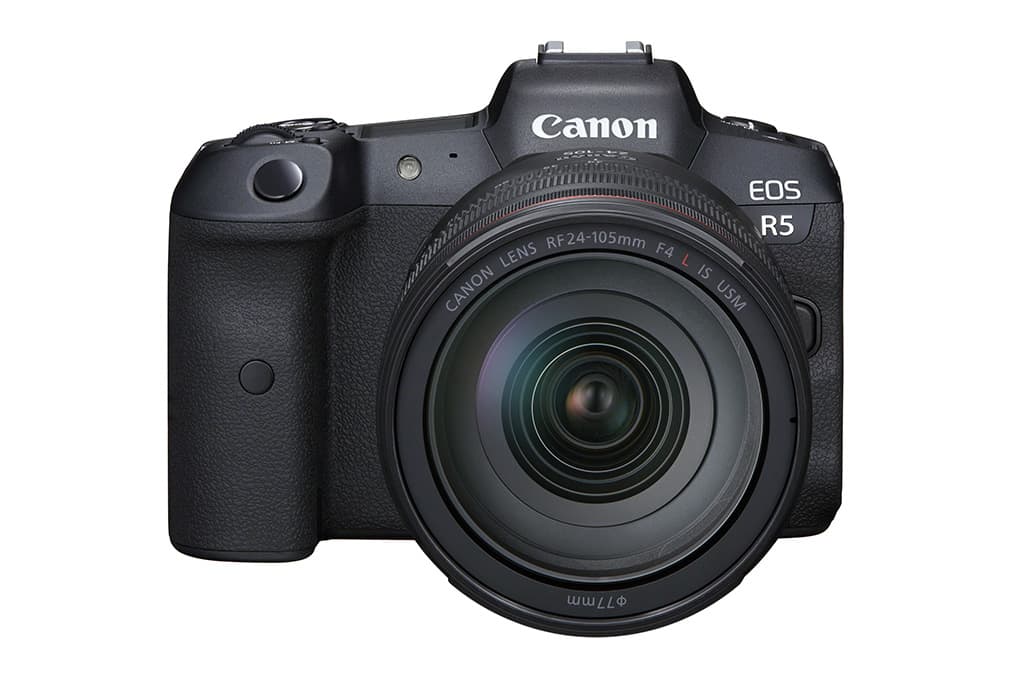
Welcome to the mirrorless future
With not even a whiff of a DSLR replacement for the Canon EOS 5D Mark IV, we can only surmise that the line has come to the end of the road. Sad? Yes, but Canon has pulled out all the stops to soften the blow with the 5D’s spiritual successor. Step forward the EOS R5, above, a full-frame mirrorless masterpiece that catapults Canon to the very forefront of full-frame technology. Offering a 45MP sensor, the R5 can deliver maximum file sizes of 8192 x 5464 pixels and boasts a fantastic AF system with 5,940 points.
Despite the high pixel count, the R5 is frighteningly speedy, offering a blistering burst rate of 20 frames per second, guaranteeing that it will be as attractive to wildlife photographers as it is to landscapers. And, of course, we can’t mention the R5 without noting how it continues the video journey started by the 5D Mark II, as the R5 can record 8K video at 24/25/30p, opening up new creative doors to film-makers.
Canon EOS 5DS and 5DS R
When is a 5D not a 5D? Well, back in February 2015, Canon rocked the photo industry by releasing the EOS 5DS and 5DS R. With 50MP sensors, these eclipsed any other DSLR at the time by far. Indeed to this day they’re still the highest resolution DSLRs on the market, although there are now mirrorless models that now offer a higher resolution such as the 61MP Sony Alpha 7R IV.
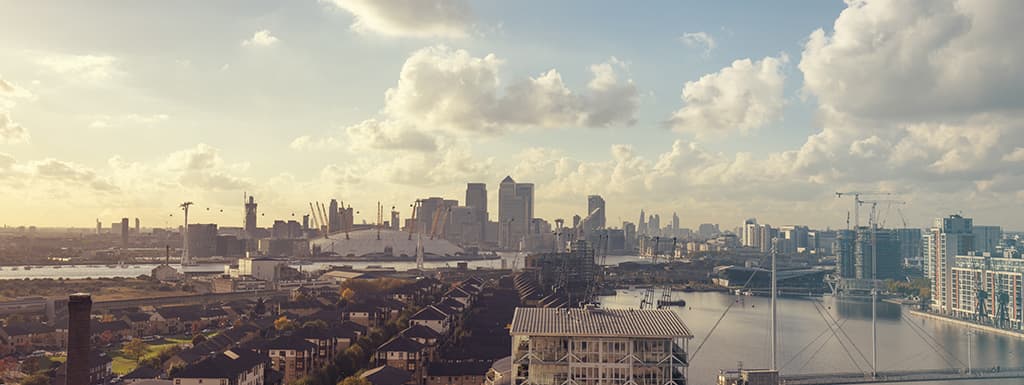
The 50MP sensor enabled the production of huge, detailed prints
The difference between the two cameras was that the 5DS R featured a low-pass filter cancellation effect with the aim of maximising resolution, although this came with a risk of imaging artefacts such as moiré and false colour. The 50MP sensor could deliver a maximum file size of 8688 x 5792 pixels, enabling photographers to make huge prints.
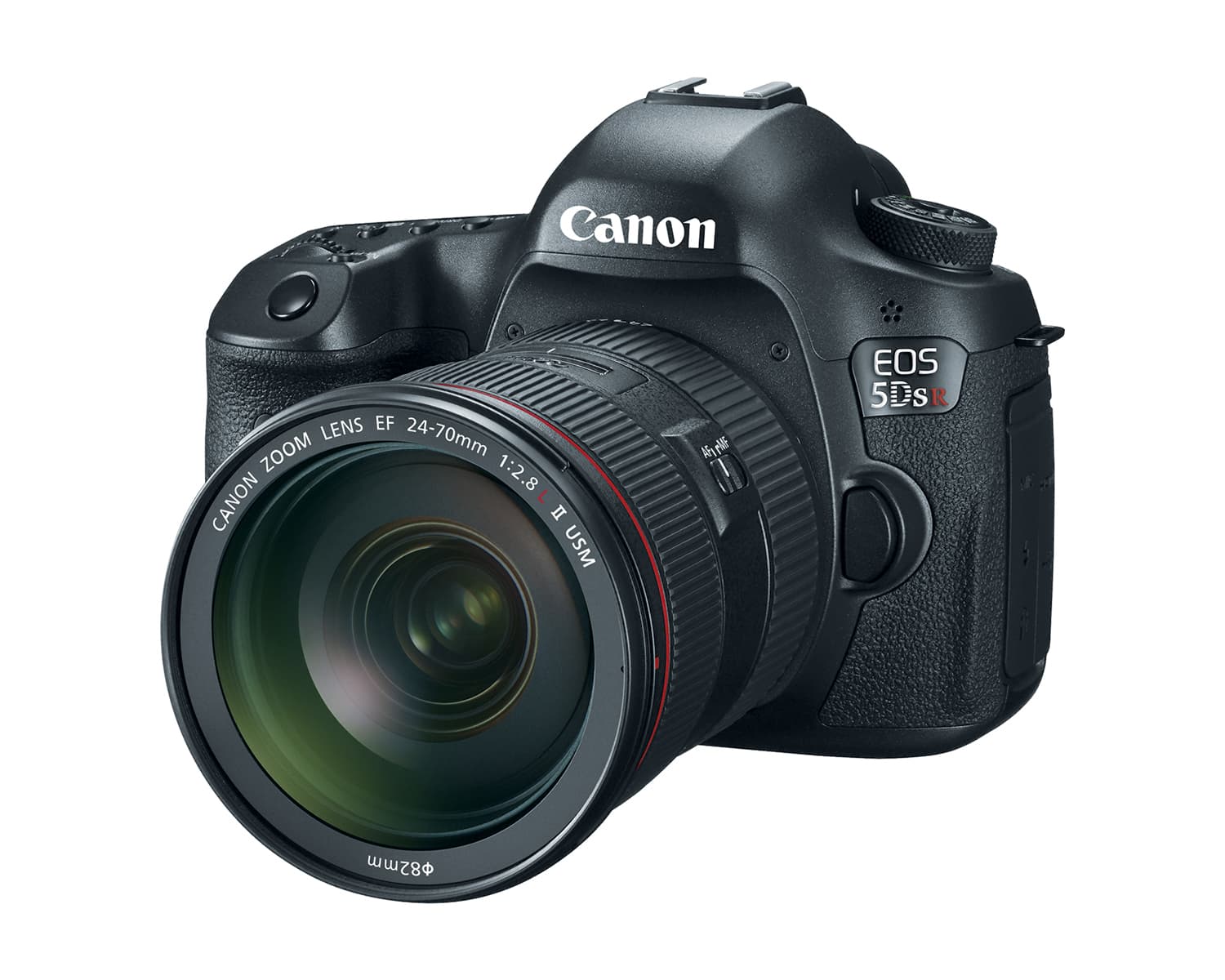
So which was my favourite?
Picking a favourite model is difficult, as you can’t really judge the original by the Mark IV’s standards because of the time gap and advances in technology. The EOS 5D completely changed photography for me, helping me understand the power of full frame. Even now, I’m continually impressed by the quality and feel of its images. The resolution of the Mark II made a huge difference and allowed for far greater cropping without overly compromising image quality.
For me, the Mark III didn’t include enough improvements so I would actually put it at the bottom of my list, although it of course still offered amazing image quality. The 5DS was both a blessing and a curse – although the resolution was (and still is) an engineering masterpiece, back in 2015 computers were slower, and memory wasn’t as affordable. So although the camera was a great addition to my kit bag, I tended to use it more on commercial jobs. And so to my current camera, the EOS 5D Mark IV, which delights and frustrates me in equal measure. In terms of stills photography and ergonomics, the Mark IV is the best model by far thanks to its touchscreen, Dual Pixel AF system and increased resolution.
However, since the Mark II, the 5D was a hybrid camera and there are a number of video specifications on the Mark IV that cripple the camera. These include a noticeable crop on 4K footage and the slow motion mode being limited to 720p – even the consumer-level 90D (which is also in my kit bag) features Full HD slow motion. Lastly, although the 5D Mark IV can be upgraded to include the brand’s C-Log profile for advanced colour grading, this must be done at a Canon service centre and you will need to pay.
ll these niggles would surely have been solved on any Mark V, but it’s unclear if we will see this camera. Arguably, all these problems have been solved with the EOS R5 so maybe that gives you an indication of whether we will see another Canon full-frame DSLR.
Further reading
What are the best DSLRs you can buy right now?







